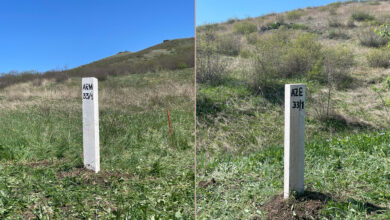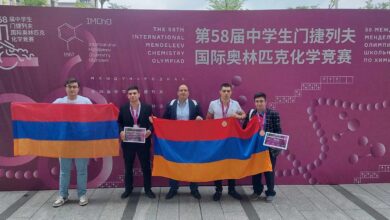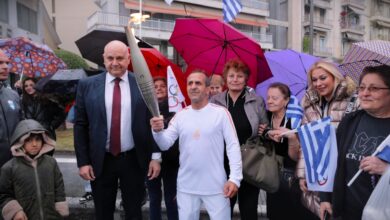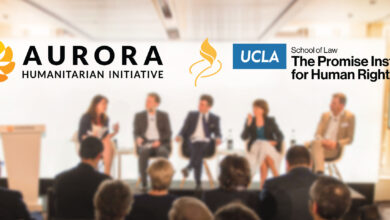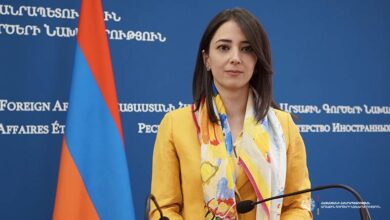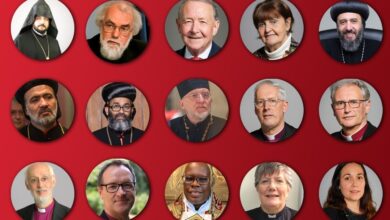Sydney man to trek Mount Ararat to fundraise for Armenian children in Syria

An Armenian-Australian is preparing to trek Mount Ararat to help raise funds for the thousands of Armenian-heritage children caught up in the violence in Syria, abc.net.au reports.
It is estimated more than 15,000 Syrians of Armenian background have found refuge in Armenia.
Sydneysider Sassoon Grigorian, who leaves for the trek next week, said the it was also in homage to the Australian effort after the Armenian genocide 100 years ago, when Australia was the first to set up an orphanage for refugees in Lebanon.
Mr Grigorian said a small team was making the trek for charity Mission Armenia and United Nations refugee agency UNHCR.
He said the Syrian-Armenian families were doing it tough.
“So even though they’re of Armenian heritage they’re moving to Armenia, which is a completely different country and [they have to make] a lot of major adjustments so they need all sorts of help,” Mr Grigorian said.
He said climbing Mount Ararat — which can be seen from Armenia — had been a lifetime dream.
“Mount Ararat is a very symbolic mountain. It’s the highest mountain in Turkey but for Armenians it has a very significant influence,” he said.
“It’s supposedly the resting place of Noah’s ark and it’s basically a national symbol for Armenians around the world.”
Historian Peter Stanley, from the University of New South Wales in Canberra, said the trek symbolised the close relationship between Australia and Armenia.
“I think it’s an extraordinary throwback to a huge Australian effort to relieve the sufferings of the victims of the Armenian genocide during the First World War, but into the 1920s and 30s,” Professor Stanley said.
“There were church men and women involved right across Australia, especially from the evangelical churches, but the Anglicans and the Catholics were also active.
“But it went beyond the churches too, there were Australian humanitarians who were deeply committed to the idea of the league of nations coming out of the tragedy of the Great War of course.”
He said there was a wide variety of people involved.
“War widows — a woman called Edith Glanville whose son was killed on Gallipoli, she went to help the Armenians,” Professor Stanley said.
“Jessie Webb, who is famous in Australian women’s history, became very active in supporting the league of nations.
“Ex-war nurses — a woman called Isabelle Hotan who went to look after refugee camps, and in fact there was an Australian orphanage in Beirut supported for years by Australian fundraising.”
Mr Grigorian said his children’s great-grandfathers were saved in that very orphanage.
“Two of those survivors were my children’s great-grandparents — and a lot of funding was raised from Australia to help those orphans,” he said.
“In fact there was an orphanage in current day Lebanon which my children’s great-grandfathers went to.”
Mr Grigorian said many Australians of today might not be aware of that history.
“I remember speaking to the late Gough Whitlam and he told me when I was at a community event ‘my mother used to tell me when I was having dinner’, he would say, ‘remember the starving Armenians’, ” he said.
“So this is something that many Australians from that generation who just came back from World War I, despite the difficulties they were in, found it within themselves to conduct this major humanitarian relief campaign.”



